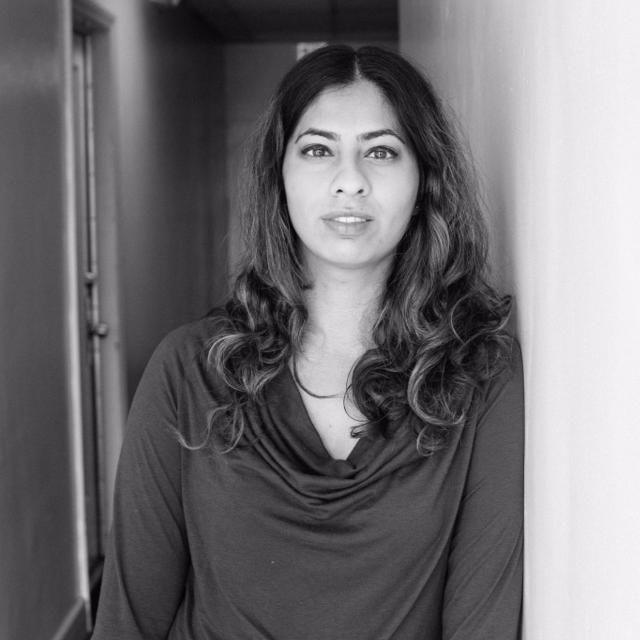In the USC Annenberg Agenda Summer 2014, the school heralded the technologically transformative, 88,000-squarefoot Wallis Annenberg Hall with "drop-in" collaboration areas, multi-purpose rooms, meeting rooms, classrooms, open study areas, labs and a laptop lounge. Two new Trojans also joined the USC Annenberg family: Professor Sarah Banet Weiser became the director of the School of Communication, while online and broadcast journalist Willow Bay assumed directorship of the School of Journalism. The issue also takes an intimate look into the L.A. dance scene with an innovative arts journalism project as well as the launch of "Chinese Twitter." The Third Space: An Update on the 'Trillion-Dollar Problem'  This fall, USC Annenberg unveiled the first-ever Annenberg Forum. This conclave united thought leaders from business, digital media, academia and the communication field in the debut exploration of the Third Space. Annenberg Forum 2014 took place inside Wallis Annenberg Hall, our new building designed to be an ideal cross-disciplinary home to the Third Space community. The Forum followed our school’s installation of two exemplary Third Spacers in senior leadership roles. Sarah Banet-Weiser, director of the School of Communication, and Willow Bay, director of the School of Journalism, each possess the interdisciplinary, integrative, 360-degree values and skills at the heart of the Third Space. Sunnylands: The President’s Second Home for Diplomacy
This fall, USC Annenberg unveiled the first-ever Annenberg Forum. This conclave united thought leaders from business, digital media, academia and the communication field in the debut exploration of the Third Space. Annenberg Forum 2014 took place inside Wallis Annenberg Hall, our new building designed to be an ideal cross-disciplinary home to the Third Space community. The Forum followed our school’s installation of two exemplary Third Spacers in senior leadership roles. Sarah Banet-Weiser, director of the School of Communication, and Willow Bay, director of the School of Journalism, each possess the interdisciplinary, integrative, 360-degree values and skills at the heart of the Third Space. Sunnylands: The President’s Second Home for Diplomacy 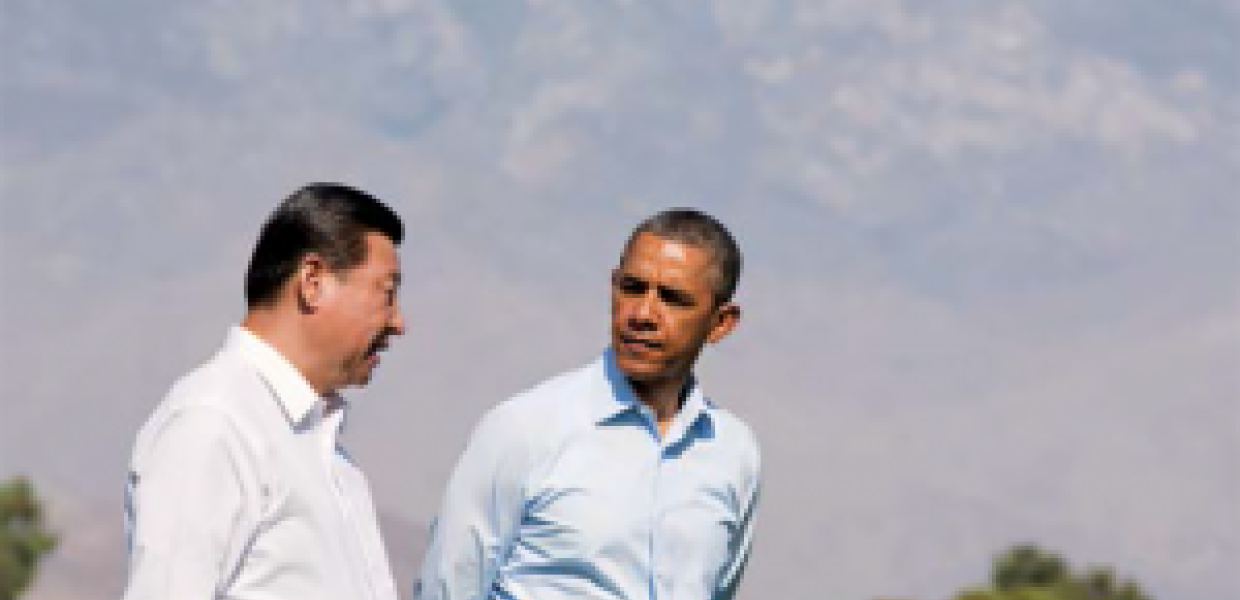 Sunnylands, a spectacular 200-acre desert estate in Rancho Mirage, Calif., has become the “Camp David of the West”—a place where Presidents would bring world leaders together to promote peace and facilitate international agreements. In creating Annenberg Retreat at Sunnylands, Walter and Leonore Annenberg also specifically encouraged it to work with the Annenberg Schools at USC and the University of Pennsylvania. Travelogue: Annenberg Students in São Paulo
Sunnylands, a spectacular 200-acre desert estate in Rancho Mirage, Calif., has become the “Camp David of the West”—a place where Presidents would bring world leaders together to promote peace and facilitate international agreements. In creating Annenberg Retreat at Sunnylands, Walter and Leonore Annenberg also specifically encouraged it to work with the Annenberg Schools at USC and the University of Pennsylvania. Travelogue: Annenberg Students in São Paulo  Earlier this year, the USC Annenberg Master’s of Public Diplomacy program conducted a research trip to São Paulo, Brazil to research how public diplomacy is integrated into various organizations within Brazil. While there, they took time to chronicle some of the famously sprawling city’s more intimate streetscapes. Olympics Journalist: Alan Abrahamson
Earlier this year, the USC Annenberg Master’s of Public Diplomacy program conducted a research trip to São Paulo, Brazil to research how public diplomacy is integrated into various organizations within Brazil. While there, they took time to chronicle some of the famously sprawling city’s more intimate streetscapes. Olympics Journalist: Alan Abrahamson  USC Annenberg covers the Olympics in a big way. Professor Alan Abrahamson covered a total of eight Summer and Winter Olympics throughout his journalism career, most recently the Sochi 2014 Winter Games. He also fed a steady stream of updates and observations to his various social media platforms. In Sochi, Abrahamson supervised Lawrence Murray and Kimiya Shokoohi, a pair of Annenberg graduate journalism students believed to be the only students from a U.S. university credentialed as working journalists. Innovative Arts Journalism Projects Lead to DanceMapLA
USC Annenberg covers the Olympics in a big way. Professor Alan Abrahamson covered a total of eight Summer and Winter Olympics throughout his journalism career, most recently the Sochi 2014 Winter Games. He also fed a steady stream of updates and observations to his various social media platforms. In Sochi, Abrahamson supervised Lawrence Murray and Kimiya Shokoohi, a pair of Annenberg graduate journalism students believed to be the only students from a U.S. university credentialed as working journalists. Innovative Arts Journalism Projects Lead to DanceMapLA 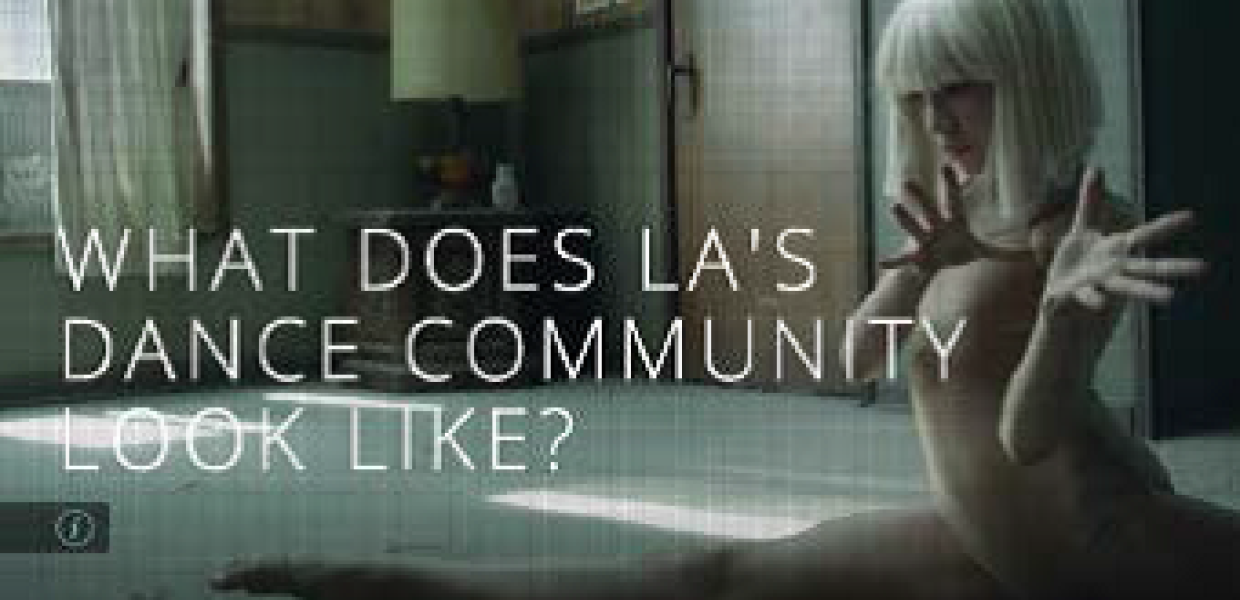 DanceMapLA is the fifth of USC Annenberg's innovative arts journalism projects, and launched this fall and provide ways of seeing, tagging and knowing the L.A. dance scene. The site shows you who is dancing, where they are dancing and what they are talking about. DanceMapLA will be used as a beta for learning about other subjects and communities beyond the arts. With the digital architecture and big data system in place, potentially any subject can be introduced, providing journalists and others with the most up-to-date facts and information needed to tell today’s stories. Augmented Reality, Not Just for Gaming
DanceMapLA is the fifth of USC Annenberg's innovative arts journalism projects, and launched this fall and provide ways of seeing, tagging and knowing the L.A. dance scene. The site shows you who is dancing, where they are dancing and what they are talking about. DanceMapLA will be used as a beta for learning about other subjects and communities beyond the arts. With the digital architecture and big data system in place, potentially any subject can be introduced, providing journalists and others with the most up-to-date facts and information needed to tell today’s stories. Augmented Reality, Not Just for Gaming 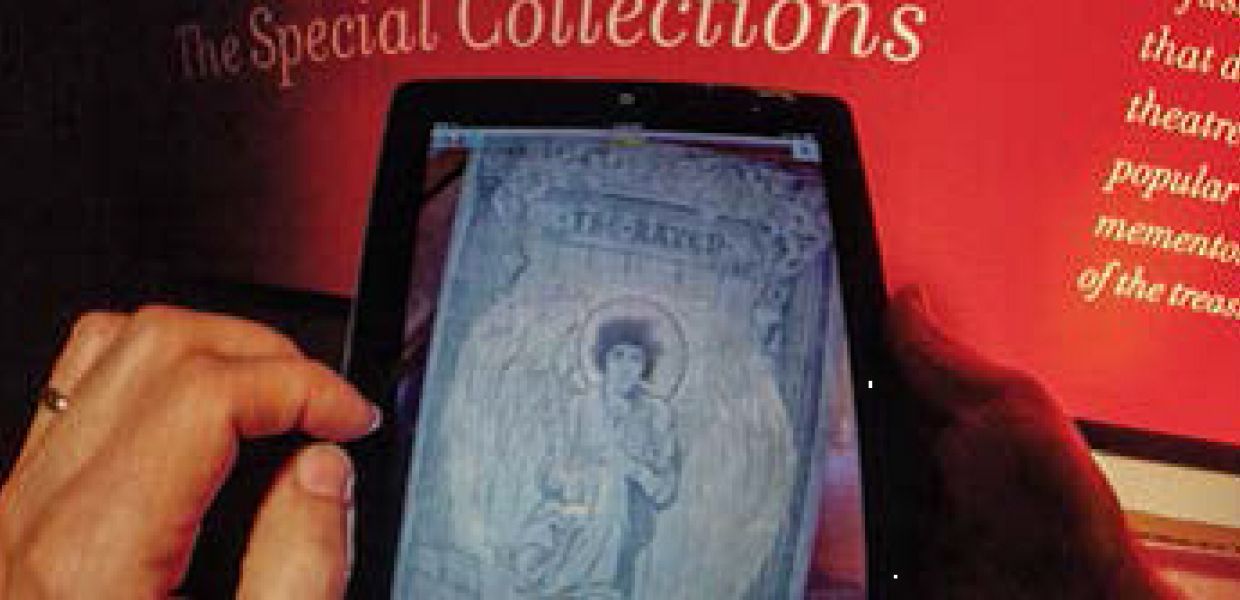 Augmented Reality Total Immersion is not just for gaming any more. Last fall, USC Annenberg Professor Robert Hernandez led a group of students through an immersive storytelling experiment that revealed nuances of the Los Angeles Public Library, while simultaneously providing a glimpse into the future of journalism and communication. TK TK PUT IN GAP HERE WAITING ON THE GRAPHIC FROM JEREMY New Building, New Program, New Era USC Annenberg celebrated the grand opening of the technologically transformative, 88,000-square foot Wallis Annenberg Hall in October 2014. On a sunny day in November 2012, USC Annenberg broke ground on a visionary construction project. On schedule and less than two years later, Wallis Annenberg Hall is set for an October 1, 2014 grand opening. The technologically transformative building includes highlights a 20,000-square-foot digitally converged media center, a four-story atrium, a three-story digital media tower and a rooftop skylight. Throughout the building, faculty and students will be able to work together in a variety of “drop-in” collaboration areas, multi-purpose rooms, meeting rooms, classrooms, open study areas, labs and a laptop lounge. Banet-Weiser And Bay Named Directors
Augmented Reality Total Immersion is not just for gaming any more. Last fall, USC Annenberg Professor Robert Hernandez led a group of students through an immersive storytelling experiment that revealed nuances of the Los Angeles Public Library, while simultaneously providing a glimpse into the future of journalism and communication. TK TK PUT IN GAP HERE WAITING ON THE GRAPHIC FROM JEREMY New Building, New Program, New Era USC Annenberg celebrated the grand opening of the technologically transformative, 88,000-square foot Wallis Annenberg Hall in October 2014. On a sunny day in November 2012, USC Annenberg broke ground on a visionary construction project. On schedule and less than two years later, Wallis Annenberg Hall is set for an October 1, 2014 grand opening. The technologically transformative building includes highlights a 20,000-square-foot digitally converged media center, a four-story atrium, a three-story digital media tower and a rooftop skylight. Throughout the building, faculty and students will be able to work together in a variety of “drop-in” collaboration areas, multi-purpose rooms, meeting rooms, classrooms, open study areas, labs and a laptop lounge. Banet-Weiser And Bay Named Directors 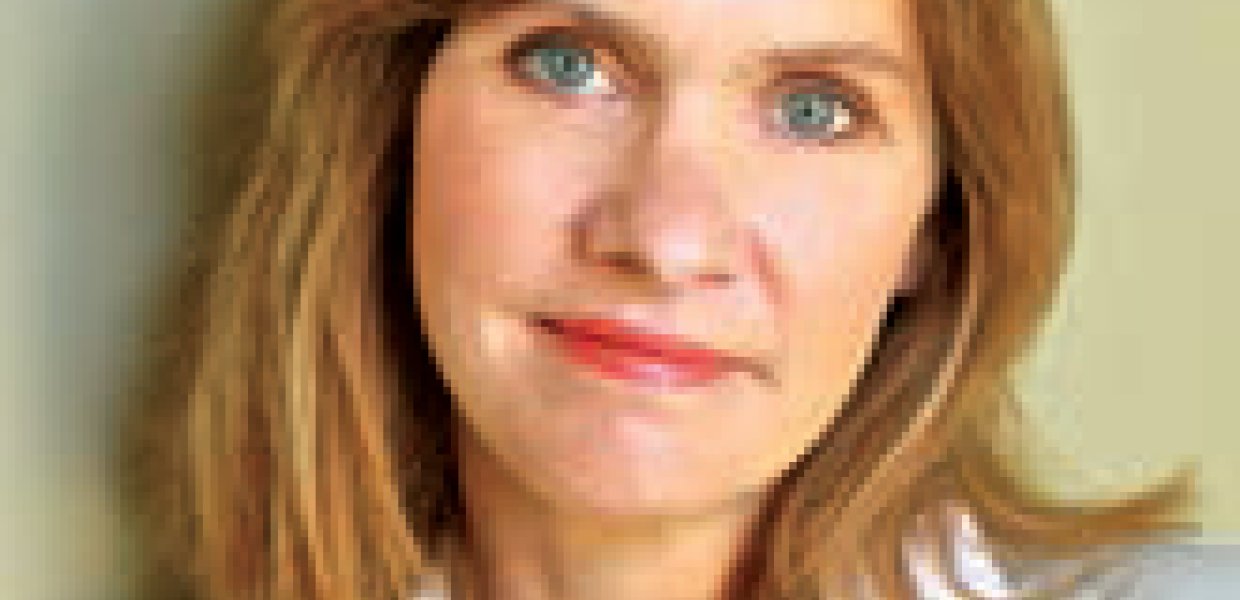
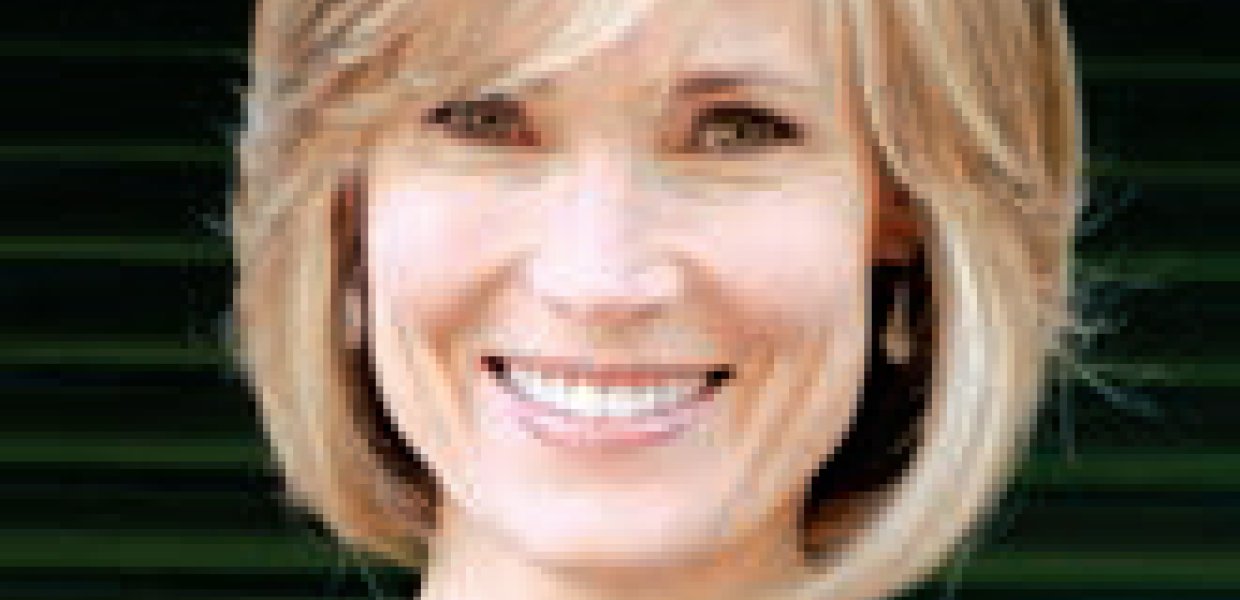 As of July 1, Professor Sarah BanetWeiser became the director of the School of Communication, while online and broadcast journalist Willow Bay assumed directorship of the School of Journalism. USC Annenberg Dean Ernest J. Wilson III announced the promotion of Banet-Weiser in September 2013. Read/Write the World: The Future of Storytelling At the Annenberg Innovation Lab, students are prototyping for the future. They're building a storytelling experience for smart objects and sketching out storytelling experiences for places like the Figueroa Innovation Corridor. But what happens when storytelling on wearable devices becomes mainstream, and when stories are triggered at real-world locations? What if government and/or big business restricted that access? It’s not unimaginable; what if such stories were legislated like graffiti? Who will have read/write access in that world? Who will determine what that future world of storytelling will be like? Innovation Corridor A remarkable transformation is taking place in the heart of Los Angeles. Over the last 10 years, Downtown L.A. became vibrant as it built ties to the south, reaching USC and Exposition Park. Now, from the Walt Disney Concert Hall to the California Science Center, a dynamic innovation corridor is just beginning to flourish, receiving a boost in May as the Los Angeles City Planning and Land Use Committee formally adopted the MyFigueroa project, allowing the area on and around that well-known street to become inclusive and more welcoming to pedestrians, transit riders, cyclists and drivers. Teaching Diversity: Write an Email Charisse L’Pree Corsbie-Massay, a Ph.D., Assistant Professor of Communications at the Newhouse School of Public Communications at Syracuse University and who in 2006-2012 worked at USC Annenberg as a researcher in Socially Optimized Learning in Virtual Environments (SOLVE), prompted her students to practice constructing clear and concise arguments that are grounded in theory, culturally aware, and professional. They understand why content may be inappropriate or offensive and can explain it to others. She tells them to "Write an Email: If your company/client proposed this idea, how would you talk about it given what you have learned? Why is it problematic or beneficial?” This “email” critically analyzes current content, including, but not limited to, print ads, commercials, television programs, and movies, as well as web videos, tweets and hashtags; students objectively describe the content, identify relevant implications for different groups, and recommend alternatives that promote a culture of inclusivity. Screen Time: FOMO or JOMO? Professor Jeff Cole,Director of USC Annenberg Center for the Digital Future, discussed how there’s practically not a moment of teenagers' lives when they’re not in front of the screen except when they’re in school and asleep. The other reason they sleep next to their mobile phones is FOMO (the fear of missing out); they fear that something is happening in their social lives and they won’t know about it until it’s too late. So the best remedy is to have the phone be the last thing they look at before they go to sleep the first thing they do in the morning. In the last year or two we’ve seen some pushback to all of the screen time and technology dominating so much of our lives, a phenomenon we call “e-nuff already.” The best indication of this is a very new trend among users of technology called JOMO (the joy of missing out). For many, ironically, their time in front of a screen has come full circle, with some of us showing our status or our unhappiness with all of this technology by just turning it off. Making News at the New York Times
As of July 1, Professor Sarah BanetWeiser became the director of the School of Communication, while online and broadcast journalist Willow Bay assumed directorship of the School of Journalism. USC Annenberg Dean Ernest J. Wilson III announced the promotion of Banet-Weiser in September 2013. Read/Write the World: The Future of Storytelling At the Annenberg Innovation Lab, students are prototyping for the future. They're building a storytelling experience for smart objects and sketching out storytelling experiences for places like the Figueroa Innovation Corridor. But what happens when storytelling on wearable devices becomes mainstream, and when stories are triggered at real-world locations? What if government and/or big business restricted that access? It’s not unimaginable; what if such stories were legislated like graffiti? Who will have read/write access in that world? Who will determine what that future world of storytelling will be like? Innovation Corridor A remarkable transformation is taking place in the heart of Los Angeles. Over the last 10 years, Downtown L.A. became vibrant as it built ties to the south, reaching USC and Exposition Park. Now, from the Walt Disney Concert Hall to the California Science Center, a dynamic innovation corridor is just beginning to flourish, receiving a boost in May as the Los Angeles City Planning and Land Use Committee formally adopted the MyFigueroa project, allowing the area on and around that well-known street to become inclusive and more welcoming to pedestrians, transit riders, cyclists and drivers. Teaching Diversity: Write an Email Charisse L’Pree Corsbie-Massay, a Ph.D., Assistant Professor of Communications at the Newhouse School of Public Communications at Syracuse University and who in 2006-2012 worked at USC Annenberg as a researcher in Socially Optimized Learning in Virtual Environments (SOLVE), prompted her students to practice constructing clear and concise arguments that are grounded in theory, culturally aware, and professional. They understand why content may be inappropriate or offensive and can explain it to others. She tells them to "Write an Email: If your company/client proposed this idea, how would you talk about it given what you have learned? Why is it problematic or beneficial?” This “email” critically analyzes current content, including, but not limited to, print ads, commercials, television programs, and movies, as well as web videos, tweets and hashtags; students objectively describe the content, identify relevant implications for different groups, and recommend alternatives that promote a culture of inclusivity. Screen Time: FOMO or JOMO? Professor Jeff Cole,Director of USC Annenberg Center for the Digital Future, discussed how there’s practically not a moment of teenagers' lives when they’re not in front of the screen except when they’re in school and asleep. The other reason they sleep next to their mobile phones is FOMO (the fear of missing out); they fear that something is happening in their social lives and they won’t know about it until it’s too late. So the best remedy is to have the phone be the last thing they look at before they go to sleep the first thing they do in the morning. In the last year or two we’ve seen some pushback to all of the screen time and technology dominating so much of our lives, a phenomenon we call “e-nuff already.” The best indication of this is a very new trend among users of technology called JOMO (the joy of missing out). For many, ironically, their time in front of a screen has come full circle, with some of us showing our status or our unhappiness with all of this technology by just turning it off. Making News at the New York Times  Nikki Usher, USC Annenberg '09, spent five months during 2010 at The New York Times as a graduate student observer. Read an excerpt from her book, "Making News at the New York Times." Connecting a City with “Chinese Twitter"
Nikki Usher, USC Annenberg '09, spent five months during 2010 at The New York Times as a graduate student observer. Read an excerpt from her book, "Making News at the New York Times." Connecting a City with “Chinese Twitter"  Alhambra Police Chief and USC Annenberg launched Los Angeles County's first municipal Sina Weibo — or “Chinese Twitter” — account. The move was an effort to engage the suburban Los Angeles community’s large immigrant population. In just five days, the account attracted more than 5,000 followers, about five times the “likes” for the Facebook account the police department had spent more than a year building. T Bone Burnett: The Goal of Art is to Create Conscience
Alhambra Police Chief and USC Annenberg launched Los Angeles County's first municipal Sina Weibo — or “Chinese Twitter” — account. The move was an effort to engage the suburban Los Angeles community’s large immigrant population. In just five days, the account attracted more than 5,000 followers, about five times the “likes” for the Facebook account the police department had spent more than a year building. T Bone Burnett: The Goal of Art is to Create Conscience  Grammy-winning musician and producer T Bone Burnett delivered the School of Communication’s Commencement address, May 16, 2014. Read the transcription of his speech. TruthDig Five-Word Webby Award Speeches Honors accumulated for Truthdig, a news website with USC Annenberg connections. Read the complete texts of brief speeches from Truthdig’s Webby Award wins. Echoes of the Mexican Voice
Grammy-winning musician and producer T Bone Burnett delivered the School of Communication’s Commencement address, May 16, 2014. Read the transcription of his speech. TruthDig Five-Word Webby Award Speeches Honors accumulated for Truthdig, a news website with USC Annenberg connections. Read the complete texts of brief speeches from Truthdig’s Webby Award wins. Echoes of the Mexican Voice 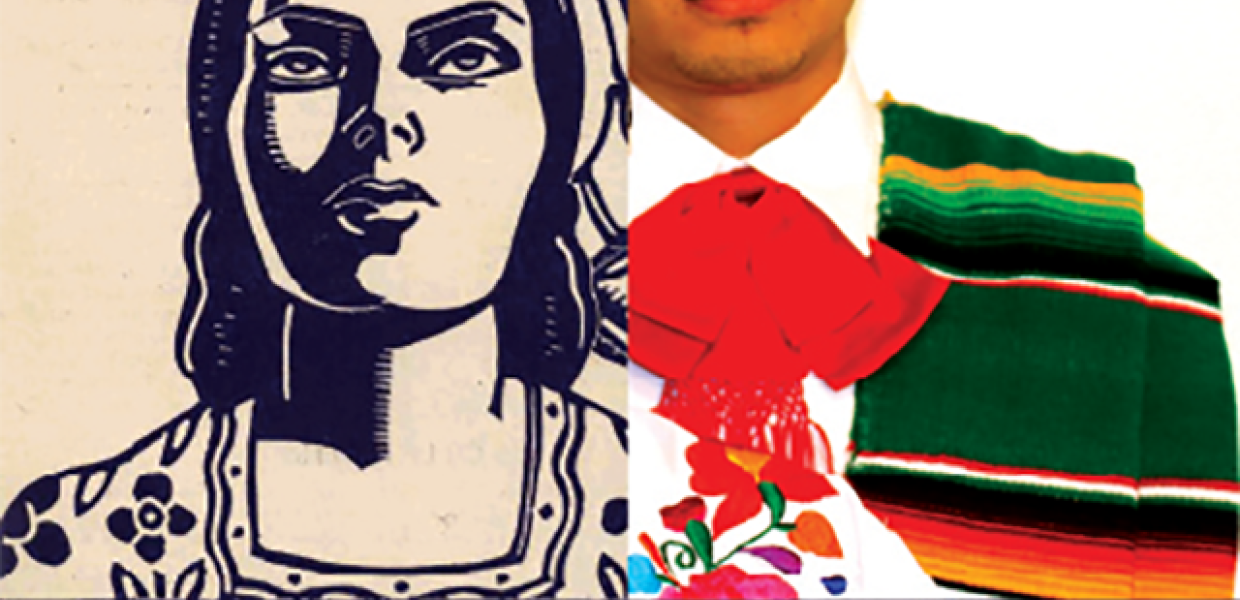 USC Annenberg students brought the ambitions and activism of 1930s and '40s Mexican American student media into the digital age in the "Echoes of The Mexican Voice" class taught by Professors Félix Gutiérrez and Robert Hernandez and Specialized Journalism (The Arts) graduate student Isabel Castro-Melendez. Q&A: Political Analysis and Media with Rebecca Black Donatelli
USC Annenberg students brought the ambitions and activism of 1930s and '40s Mexican American student media into the digital age in the "Echoes of The Mexican Voice" class taught by Professors Félix Gutiérrez and Robert Hernandez and Specialized Journalism (The Arts) graduate student Isabel Castro-Melendez. Q&A: Political Analysis and Media with Rebecca Black Donatelli 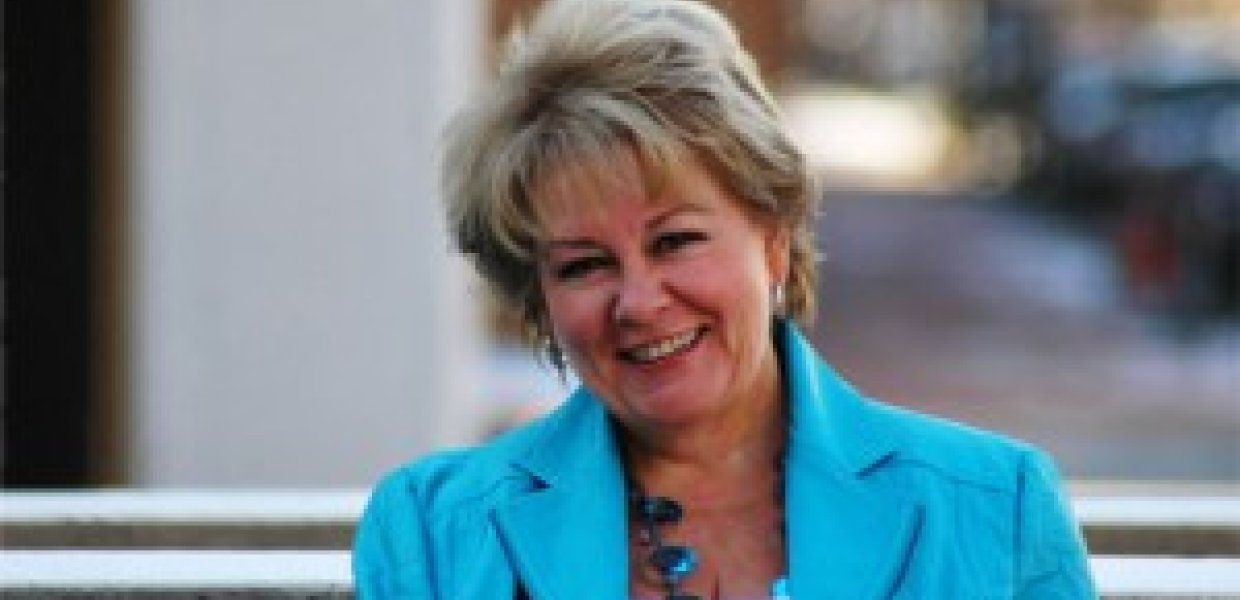 Online pioneer R. Rebecca “Becki” Black Donatelli is an USC alumna and president of Campaign Solutions/Connell Donatelli. She served as the chief Internet consultant to both of Senator John McCain’s presidential races, and was the first person to raise political money on the Internet. Read a Q&A from her as she toured the Wallis Annenberg Hall. Museums In The Digital Age
Online pioneer R. Rebecca “Becki” Black Donatelli is an USC alumna and president of Campaign Solutions/Connell Donatelli. She served as the chief Internet consultant to both of Senator John McCain’s presidential races, and was the first person to raise political money on the Internet. Read a Q&A from her as she toured the Wallis Annenberg Hall. Museums In The Digital Age
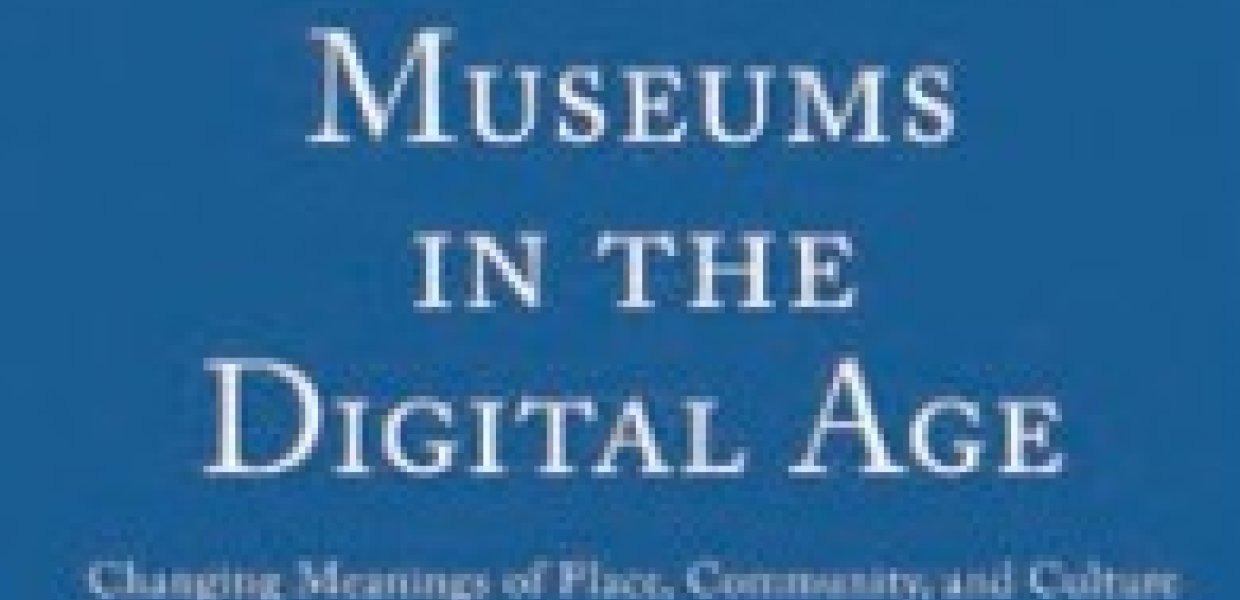 Susana Smith Bautista, USC Annenberg Alum and Ph.D ’12, wrote a book "Museums in the Digital Age." Aside from the more traditional surveys and focus groups, museums are adopting new practices for online analysis such as data mining and Web analytics, including geo-informational data mining that tracks location. Museums are also maintaining strong connections with their local communities through public programming, institutional partnerships and school programs.
Susana Smith Bautista, USC Annenberg Alum and Ph.D ’12, wrote a book "Museums in the Digital Age." Aside from the more traditional surveys and focus groups, museums are adopting new practices for online analysis such as data mining and Web analytics, including geo-informational data mining that tracks location. Museums are also maintaining strong connections with their local communities through public programming, institutional partnerships and school programs.

